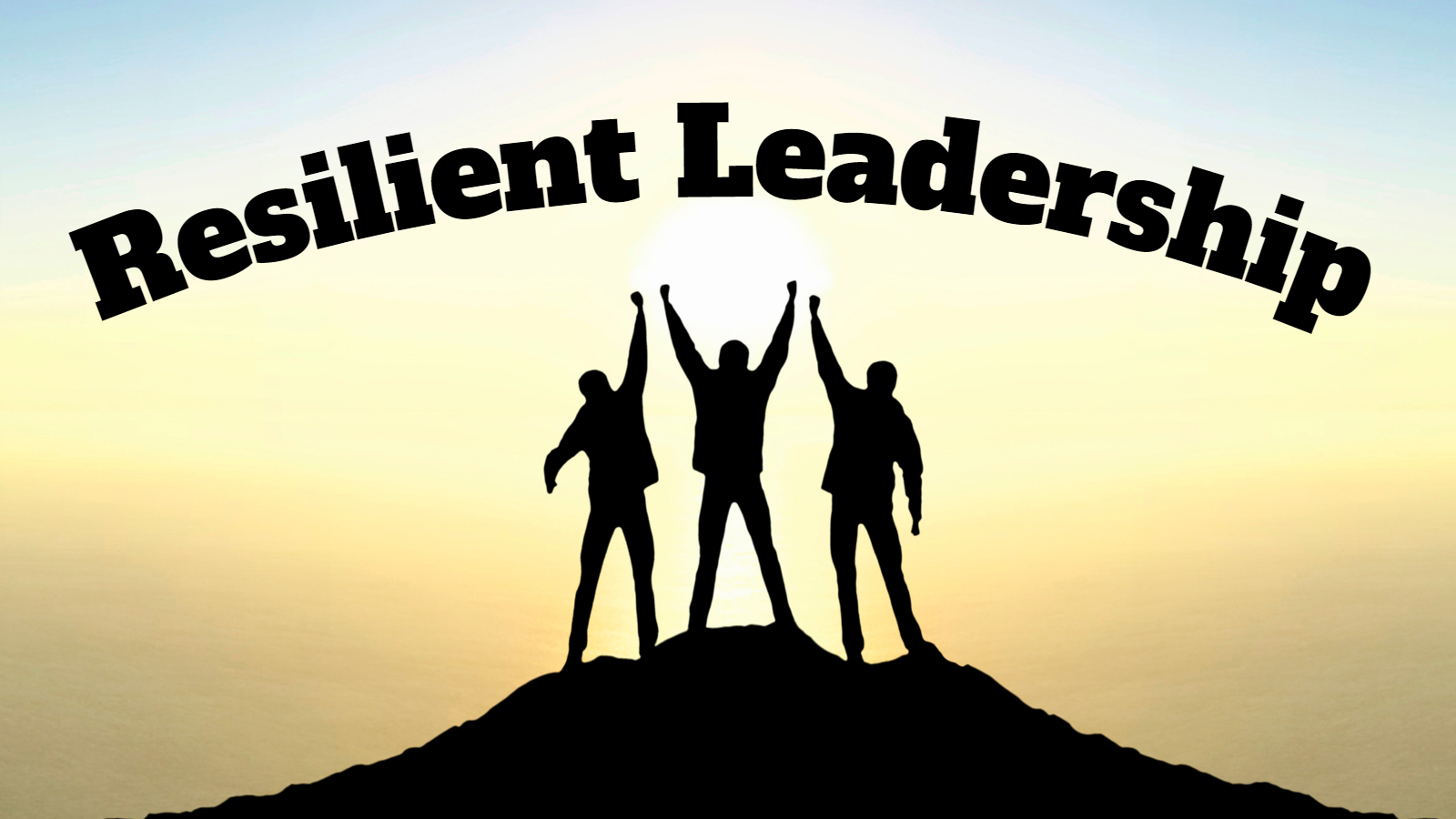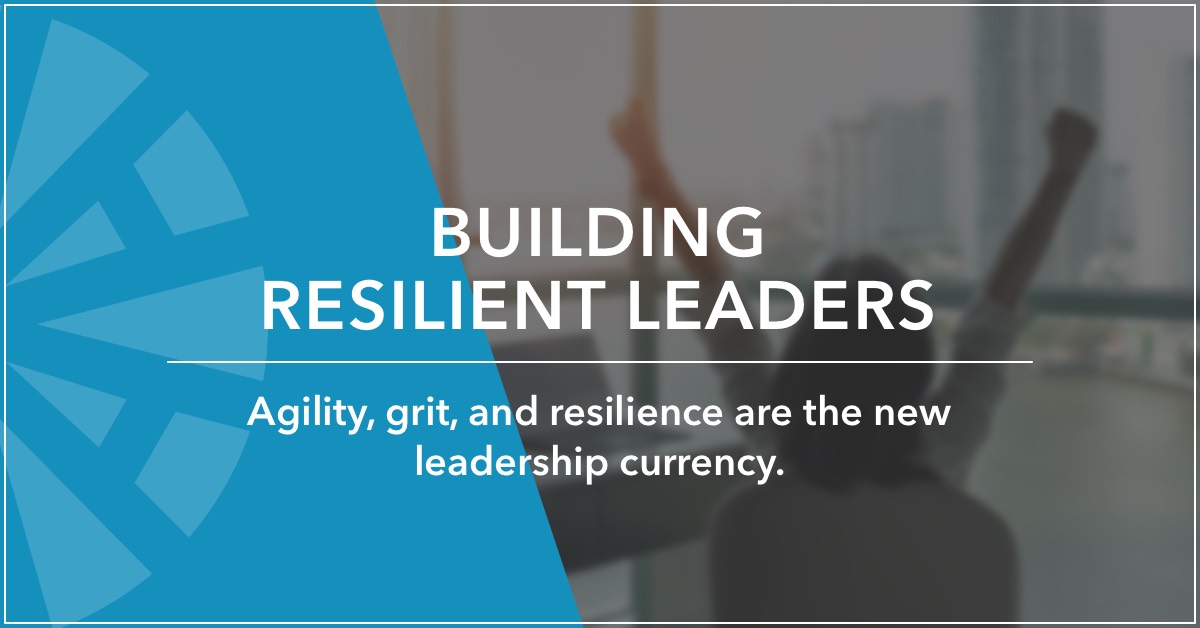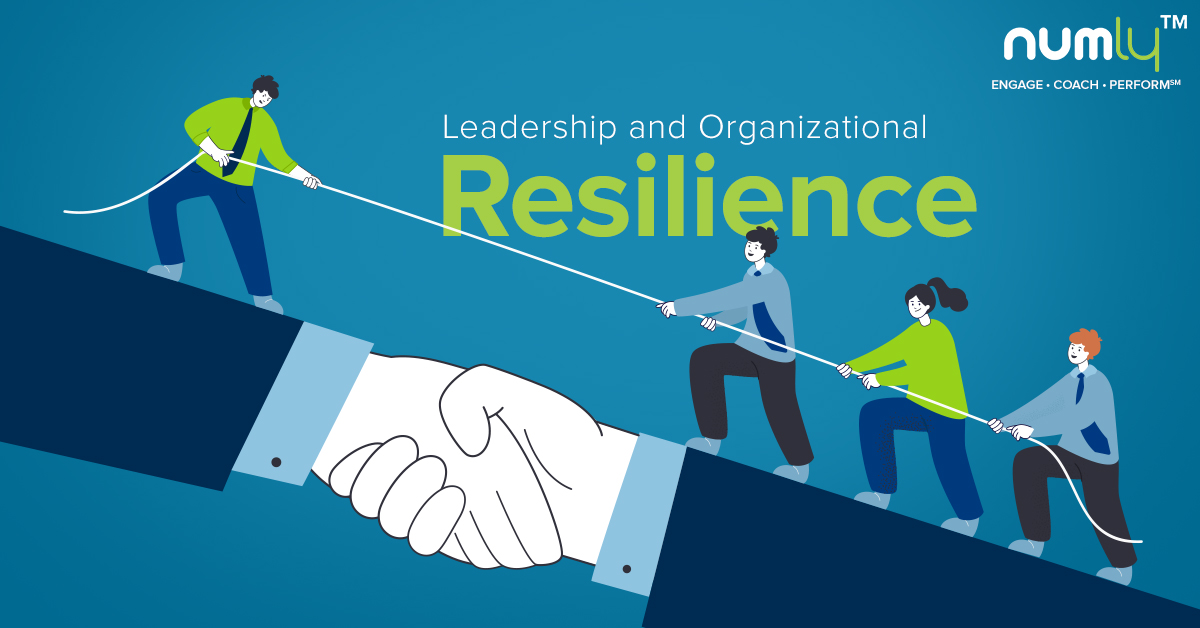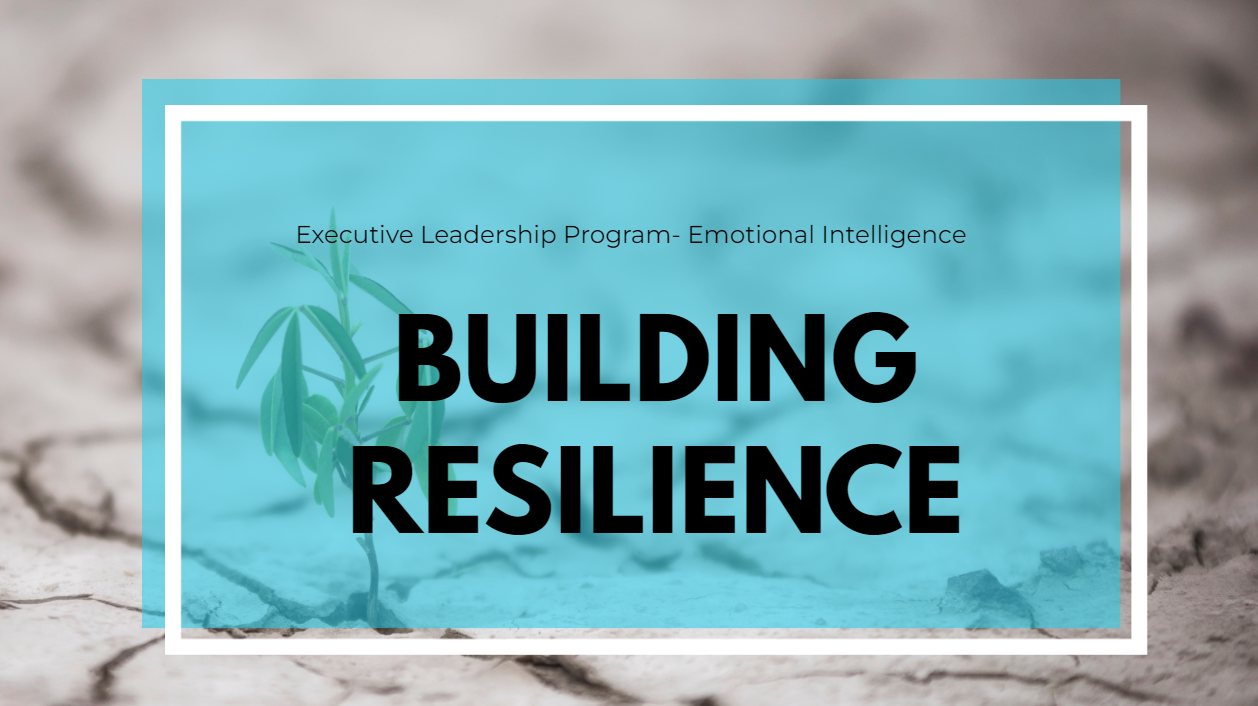Resilience Building Leader Program

In a world grappling with escalating complexities – from climate change and economic instability to geopolitical tensions and social unrest – the ability of individuals, communities, and organizations to not just survive but thrive in the face of adversity is paramount. Recognizing this urgent need, a new initiative is gaining traction, promising to equip leaders with the skills and knowledge necessary to foster resilience at every level.
At the heart of this endeavor is the Resilience Building Leader Program, a multifaceted training and development initiative designed to cultivate adaptive leadership, promote strategic foresight, and enhance the capacity for collaborative problem-solving. This program, backed by [Hypothetical Funding Organization Name] and developed in partnership with [Hypothetical University Name], aims to empower participants to not only weather crises but to emerge stronger and more adaptable.
Core Components and Curriculum
The Resilience Building Leader Program is structured around three key pillars: individual resilience, organizational resilience, and community resilience. Each pillar incorporates a blend of theoretical frameworks, practical exercises, and real-world case studies, ensuring a comprehensive and applicable learning experience.
The individual resilience component focuses on developing self-awareness, emotional intelligence, and stress management techniques. Participants learn to identify their personal strengths and vulnerabilities, build coping mechanisms, and cultivate a growth mindset. Experts emphasize the importance of mental and physical wellbeing as cornerstones of resilient leadership.
Organizational resilience training delves into adaptive leadership strategies, risk management protocols, and crisis communication techniques. The curriculum also explores fostering a culture of innovation and continuous improvement. It encourages organizations to be proactive, anticipate potential challenges, and develop robust response plans.
Community resilience focuses on building social capital, strengthening local networks, and promoting collaborative problem-solving. Participants learn how to engage diverse stakeholders, facilitate community dialogue, and develop sustainable solutions to local challenges. It underscores the critical role of social cohesion in weathering crises.
Impact and Outcomes
Early results from pilot programs suggest the Resilience Building Leader Program is having a significant impact on participants and their respective organizations. According to an internal evaluation report, 85% of participants reported an increase in their self-perceived resilience levels. Furthermore, participating organizations demonstrated improved crisis response capabilities and a more proactive approach to risk management.
"The program provided me with invaluable tools and strategies to navigate uncertainty and lead my team through challenging times," said [Hypothetical Participant Name], a manager at [Hypothetical Company Name]. "I now feel better equipped to anticipate and respond to crises, and to foster a more resilient culture within my organization."
Data from [Hypothetical University Name]'s research team also indicates that communities with leaders who have completed the program are better able to recover from disruptions. Indicators include faster economic recovery times and increased levels of community engagement.
Challenges and Considerations
Despite the promising results, the Resilience Building Leader Program faces several challenges. One of the primary obstacles is accessibility, particularly for smaller organizations and individuals in underserved communities. Ensuring equitable access to the program requires ongoing efforts to secure funding, develop online learning modules, and offer scholarships.
Another challenge is measuring the long-term impact of the program. While short-term outcomes are encouraging, it is essential to track the sustained effects of resilience training on leadership effectiveness and organizational performance. Further research is needed to identify the key indicators of long-term resilience and to refine the program accordingly.
Some critics have raised concerns about the potential for resilience programs to be used to justify placing undue pressure on individuals to cope with systemic problems. It is crucial to recognize that resilience is not a substitute for addressing root causes of vulnerability, such as inequality and injustice. The program aims to empower individual and organizational resilience while advocating for systemic change.
Looking Ahead
The Resilience Building Leader Program represents a significant step towards building a more resilient future. By equipping leaders with the skills and knowledge necessary to navigate uncertainty and adapt to change, the program is helping to create organizations and communities that are better prepared to weather the storms ahead.
Future plans include expanding the program's reach, developing specialized modules for specific sectors, and fostering a global network of resilience leaders. The program aims to build a sustainable ecosystem of resilience, empowering individuals, organizations, and communities to thrive in an increasingly complex and uncertain world. Ultimately, the goal is not just to survive, but to build a future where resilience is a core competency for all.


















